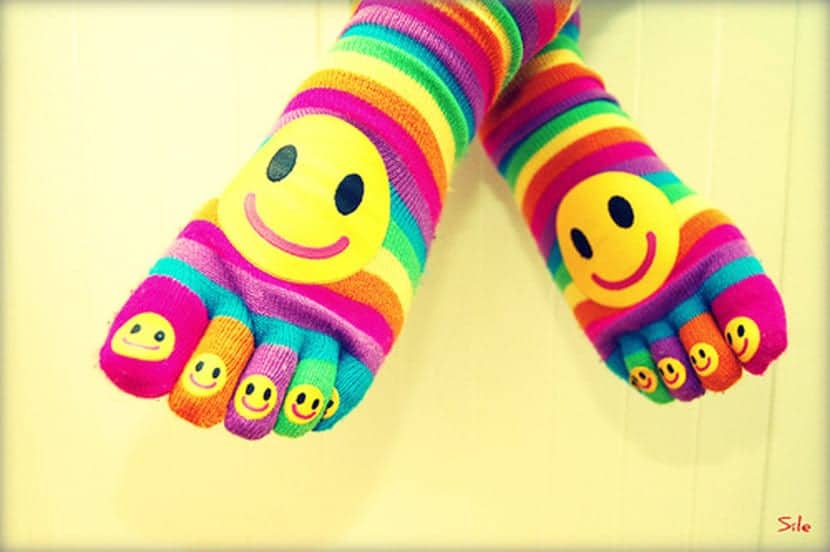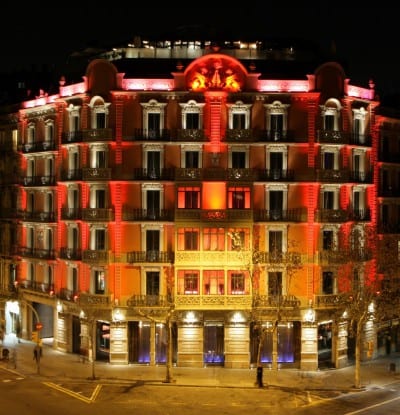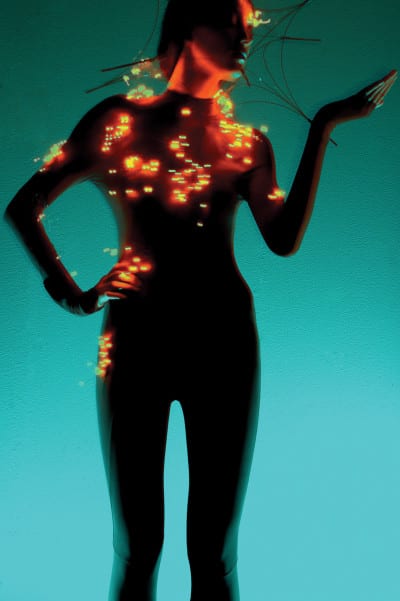
It has always been known that design is closely linked to emotions but until now this link has not been studied in depth. There are different very interesting proposals in industrial, advertising, editorial, interactive design ... All of them provide a consistent vision of pleasure and creation. A designer can arouse emotions in human beings and play with their potential to provoke truly attractive sensations.
Next, we will talk about the important contributions of this discipline in the conception of design and its importance when planning a concept and working on it to make it real:
- Kansei Engineering: It is one of the pioneering schools in emotional design that emerged around the 70s with the aim of introducing sensitive nuances in industrial design procedures. The term Kansei is formed by Kan (sentivity) and sei (sensitivity), it was coined by Nitsuo Nagamachi and since then its use has extended beyond industrial design and designates the quality of objects to awaken pleasure. In this way, a design may have a high or low degree of Kansei and this is deduced by studying the emotional potential of its component parts. Kansei engineering is very useful especially in product design where perceptual and subjective characteristics are very important.
- EmotionalDesign: Donal Norman delves into the subject and emphasizes those situations that throughout evolutionary history have provided us with affection, food or protection. Elements such as light play a very important role. Designs with warm, comfortable light or bright, saturated colors will have an attractive power to audiences while dark or excessively bright colors and very loud noise will have a negative effect. A very important contribution from Donal is the design concept. We are in an era of change, where we must go from designing practical things to designing products and services that are enjoyed. The objective is to make our lives more pleasant, and that is that attractive things work better.
- patrick jordan advises taking into account the framework of «the four pleasures«, Which allows the designer to know the four basic ways in which people can experience pleasure: Physiologically (through the body and the senses), psychologically (through emotions), sociologically (through relationships) and ideologically (through values). These principles have found wide usability throughout design history and any designer should take them into account.
- Increase happiness through design: Design can expand the positive, enhance positive feelings through functionality, fun, and satisfaction. It is up to the designer and his ability to provoke emotions, since emotional design does not have specific rules or a clear protocol. This science is still in its birth, although it does not stop being reliable. Different experiments have shown the effectiveness of this concept and it makes the world of emotions is being refocused on the world of design:
Lighting of the Cram hotel in Barcelona: Emotion permeating its facade.
This modernist building is perfectly illuminated on its facade, but what is curious and innovative is that this lighting reflects the emotional state of its guests. Through an Internet portal, guests can record how they feel. At the end of the day, through the database and the computerized system, the facade is illuminated with the colors of the predominant emotion of its guests.

Project SKIN from the Phillips campaign: Fire of lights.
Phillips has created experimental dresses equipped with sensors capable of responding to the emotional state of people. Human skin reacts to internal stimuli, these are captured through sensors that send information to the lights that are under the fabric of the dress. Based on this, the appearance of the dress will be one way or another. Stress, fear or any other emotion generates a fire of lights that varies depending on the intensity of the feeling.
Impressive, huh?

An interesting batante tevnica, do you have any results from its application? How would this type of stimulus help in couples therapy or group interventions? Considering the problems and subjectivities